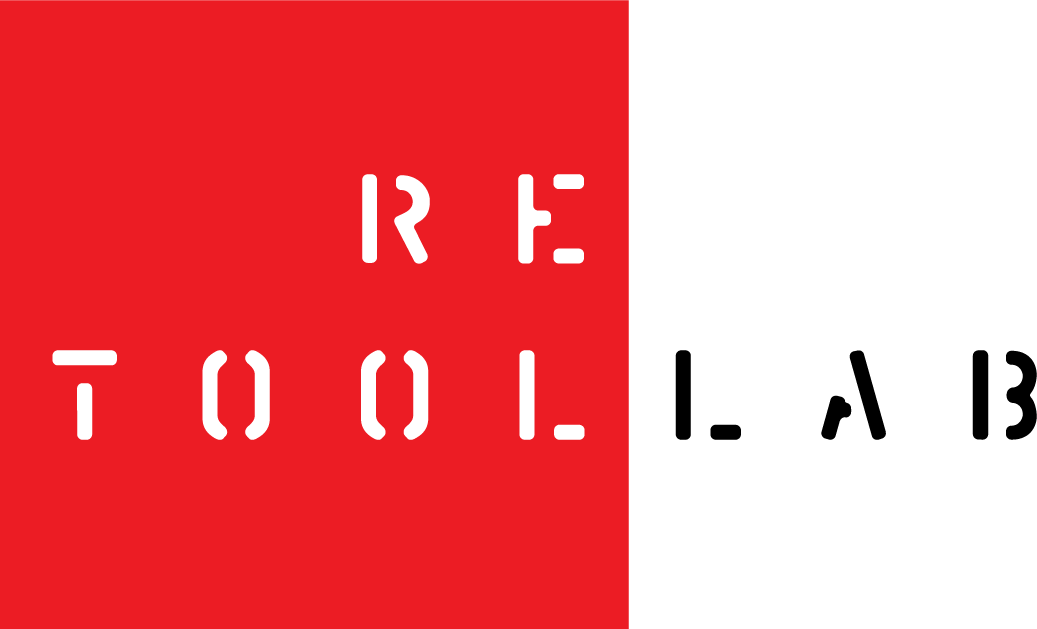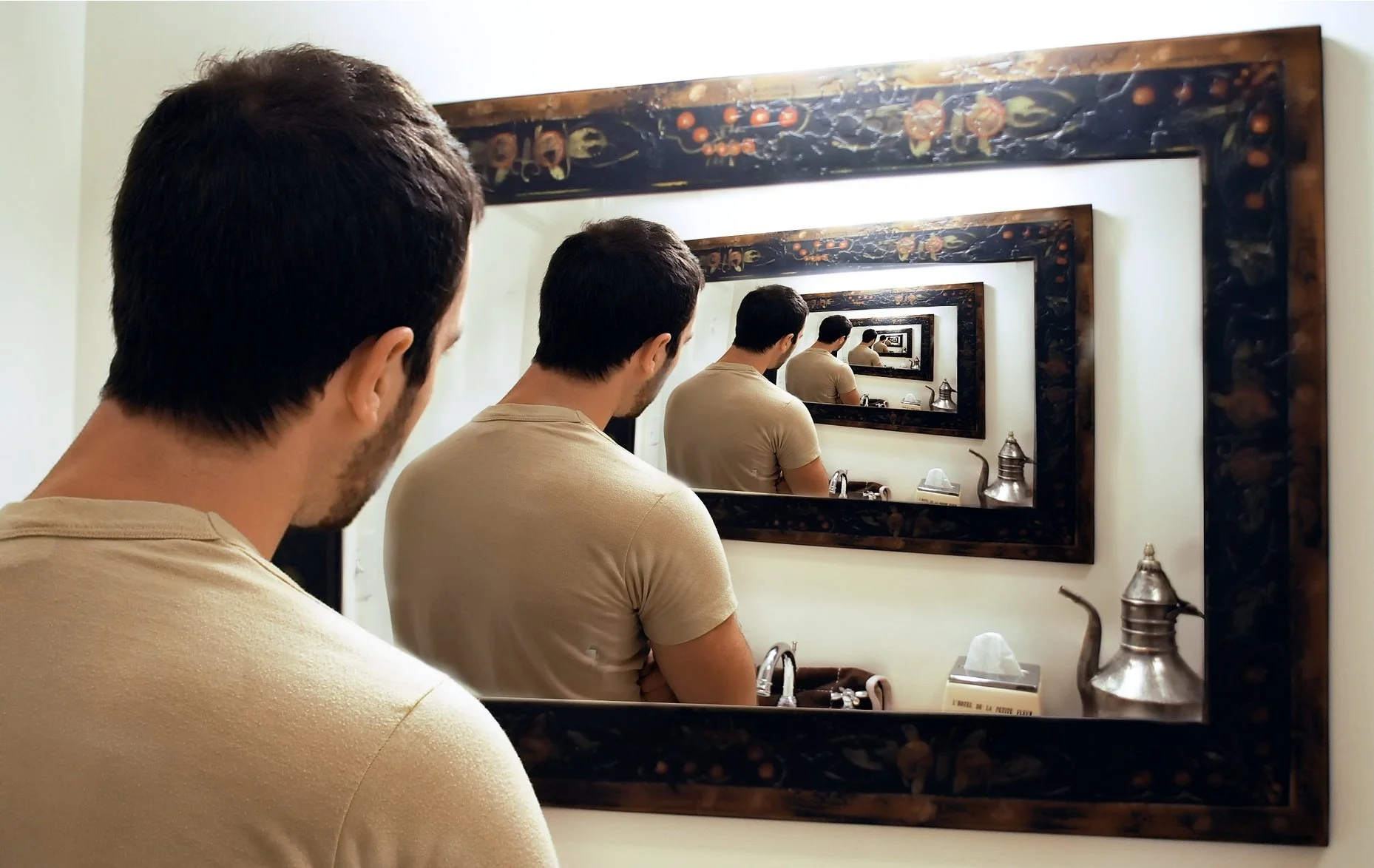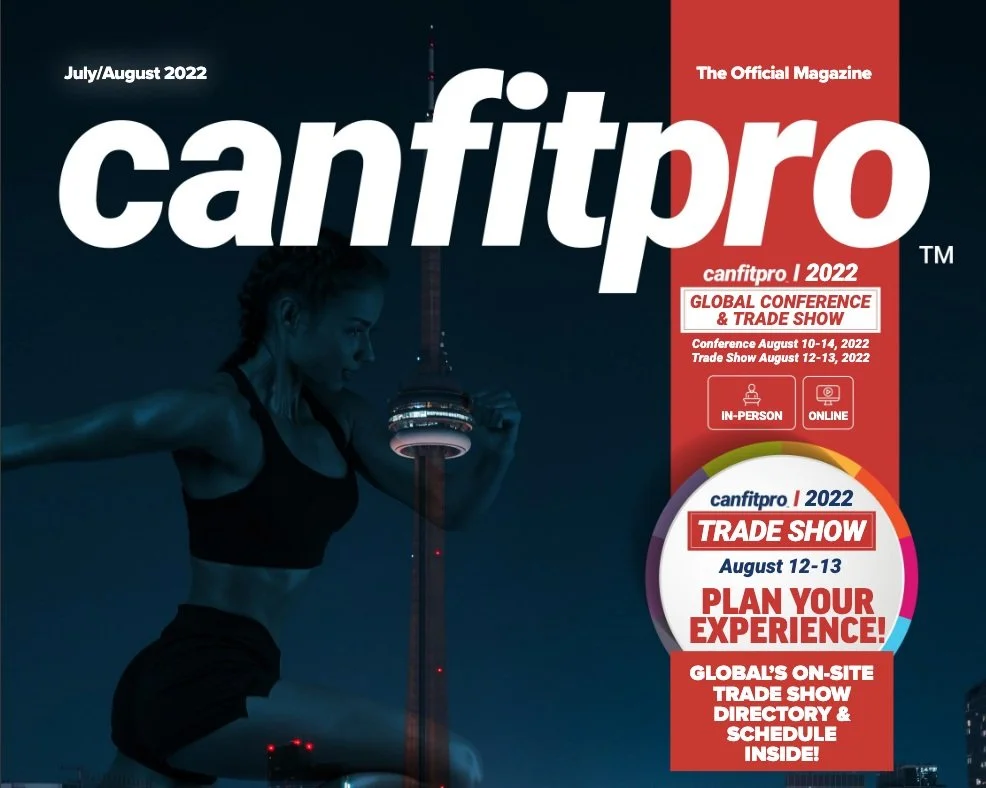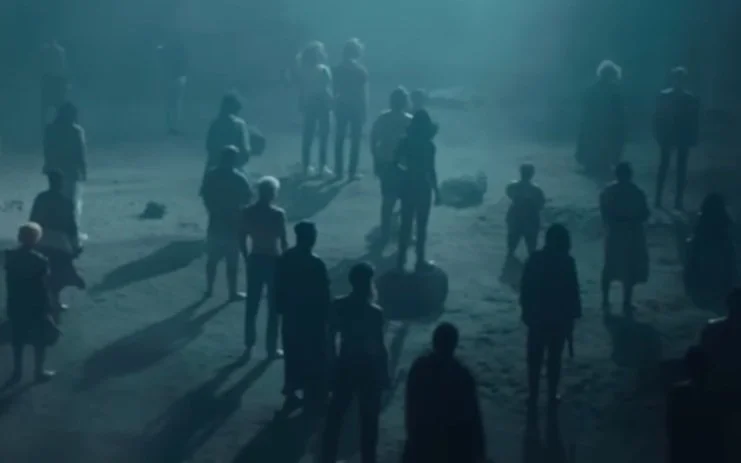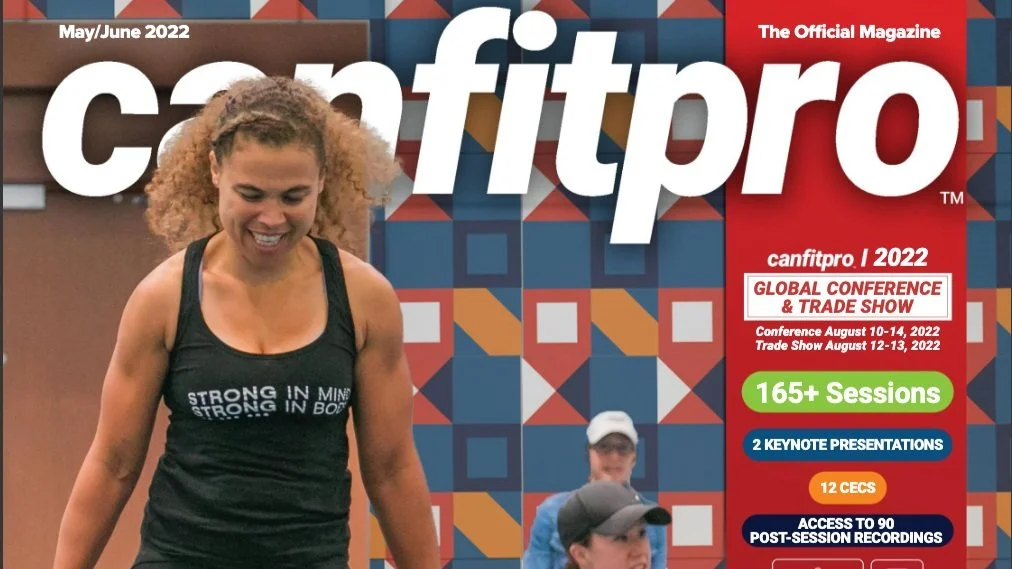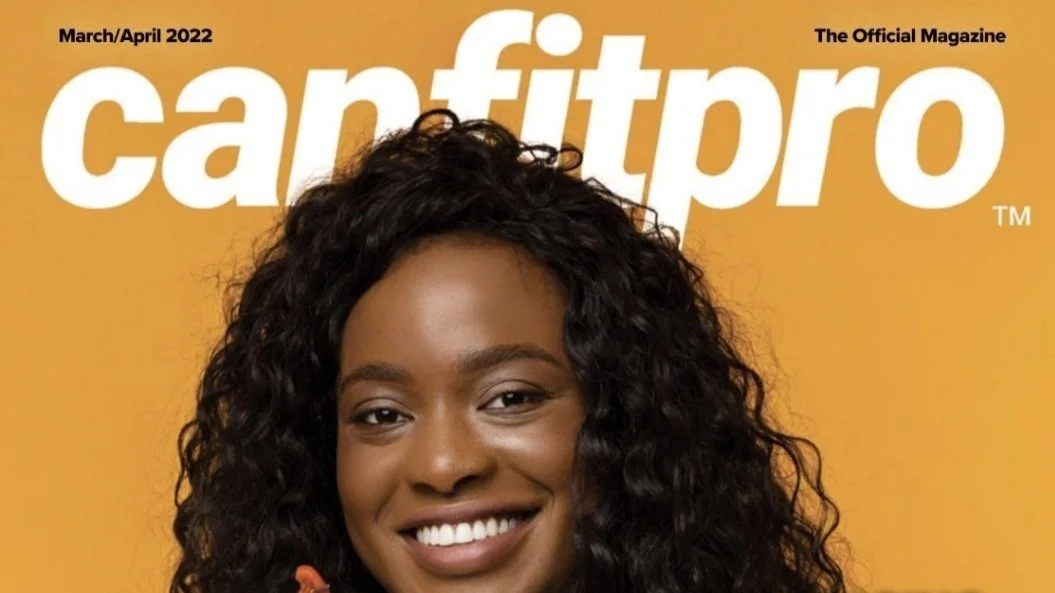We are very sad to report the passing of John Nightingale, former Vancouver Aquarium CEO, and friend, mentor and contributor to Retool Lab. He died of cancer Monday, June 5, at the age of 75, in Vernon, B.C.
Read More"Who knows your story? You know “the ask” is part of your job, but what about “the tell”? When Ryan Reynolds and his partner Rob McElhenney bought a Welsh football team, the first thing they did to turn around its fortunes was tell a story. Now just about everyone has heard of Wrexham. The Ontario Science Centre and Scarborough General Hospital could learn this lesson. If it makes them feel any better, the National Geographic Society has been doing it for years. Does it work? You be the judge…"
Read MoreOne of the most potent but under-utilized and usually overlooked branding tools a university has is publishing. The message is as evergreen and relevant as it always was: for universities and museums that want to be seen as leaders in the marketplace of ideas, it’s still a case of “publish or perish.”
Read MoreIn a previous article, I promised to further explore the topic of brand governance best practices as we move toward a new digital marketing frontier that promises us rich interactive, virtual, and immersive brand experiences. This first article deals mainly with the state of brand governance as it is and attempts to set a clearer and broader set of priorities moving forward.
Read MoreThe current McKinsey episode has surfaced concerns that advisory firms are starting to play a bigger role in decisions about policy – the “what” government chooses to do, as opposed to “how” it does it. It has also raised concerns that the public sector can become too dependent on outside firms with a profit motive and an interest in generating future work and billings.
Read MoreGone are the days of leaving brand governance on autopilot. The rise of social media, e-commerce, and mobile payments has already created a more challenging environment for brands to operate in; one that is constantly in flux. But when you consider the rapid, albeit inconsistent advances of the metaverse and how it is anticipated to affect many brands’ engagement strategies, the picture gets even murkier.
Read MoreThis article, the fifth and last in the Fit to Brand series on branding published in canfitpro’s Business Journal, will help guide you toward the development of a tool kit to leverage the communication channels to grow your gym and fitness coaching brand and business. It is reproduced here with permission. You can review it here or on canfirpro’s publication at https://issuu.com/canfitpro/docs/nov-dec-22_layout_online_v3 - pages 26-28
Read MoreWhy are many professional services firms having difficulties creating a clear differentiation between their brand and that of their competitors? In our branding practice, we often get the privilege to work with entrepreneurial and professional services companies. Our work with these organizations usually includes assisting them in the development of a brand positioning to help a company present a unique value proposition to its intended audience in a competitive market space.
Read MoreThis is the fourth in a series of articles on branding appearing in the Fitness Business Journal of the Canadian Fitness Professionals’ #canfitpro magazine. Your Brand Look & Feel focuses on the creation of your visual brand style, because developing a brand identity doesn’t end with the creation of a logo. It is reproduced here with permission.
Read MoreThis is the third in a series of articles on branding appearing in the Fitness Business Journal of the Canadian Fitness Professionals’ #canfitpro magazine. This article focuses on the development of the first and central component of a brand’s visual identity: the logo. It appears in the July-August 2022 issue of the magazine, and is reproduced here with permission by Canfitpro. https://issuu.com/canfitpro/docs/online-jul-aug-22
Read MoreThe Royal Ontario Museum’s “rebranding” campaign succeeds only in telling us that the ROM hasn’t developed a vision for what it can become, and that it lacks the imagination necessary to help transform the nature of its relationship to the broader global community. They could have thought more fundamentally about how a museum can fulfill its mission, but they chose not to, and so will remain little more than a local venue with limited appeal and ability to attract visitors.
Read MoreThis article is a response to Why the Cultural Sector Needs a Digital Remake, an article by Ricard Gil, associate professor and Distinguished Faculty Fellow of Business Economics at Smith School of Business at Queen’s University
Read MoreThis is the second in a series of articles on branding appearing in the Fitness Business Journal of the Canadian Fitness Professionals’ #canfitpro magazine. The subject of this article is verbal identity, focusing on developing a business name. It appears in the May-June 2022 issue of the magazine, and is reproduced here with permission by Canfitpro. shorturl.at/cerJM
Read MoreIndigenous artifacts are being repatriated. Working with First Nations, Métis, and Inuit communities, our museums can play a better role in the Truth and Reconciliation process as “amplifiers,” not as “keepers” of history.
Read MoreDivining the Canadian identity is an endless process. We’ve always used storytelling to convey who we are as a country, but can we figure out how to effectively leverage it to engage new audiences in this Age of YouTube? Museums don’t really tell their stories beyond their buildings and don’t reach broader audiences. And that’s where they make a mistake.
Read MoreRyerson University’s new name feels more like it was an engineered hasty retreat toward the least potentially offensive and anodyne name one could imagine. A name that offends no one, communicates nothing, and evokes no sense of the essence or values of the institution, a name that does nothing other than, in the most trivial way possible, grants the viewer the means to locate it on a map.
Read MorePLANNING FOR YOUR BRAND is the first in a new series of articles entitled FIT TO BRAND, appearing in Canadian Fitness Professionals’ #canfitpro magazine. It deals with the preparation work essential in the development and launch of a successful brand. Written with the fitness professional in mind, the series applies equally well to small and medium-sized organizations of various types. It appears in the March-April 2022 issue of the magazine, and is reproduced here with permission.
Amid a lack of fresh, clearly communicated ideas, Canadian museums have, during the pandemic, stopped interacting with people. With few stories to read, watch or listen to, and barely any new ideas to challenge thinking, they are emerging from the pandemic worse off than before, having failed to use this opportunity to rethink their singularly antiquated approach on how to successfully engage with Canadians.
Read More